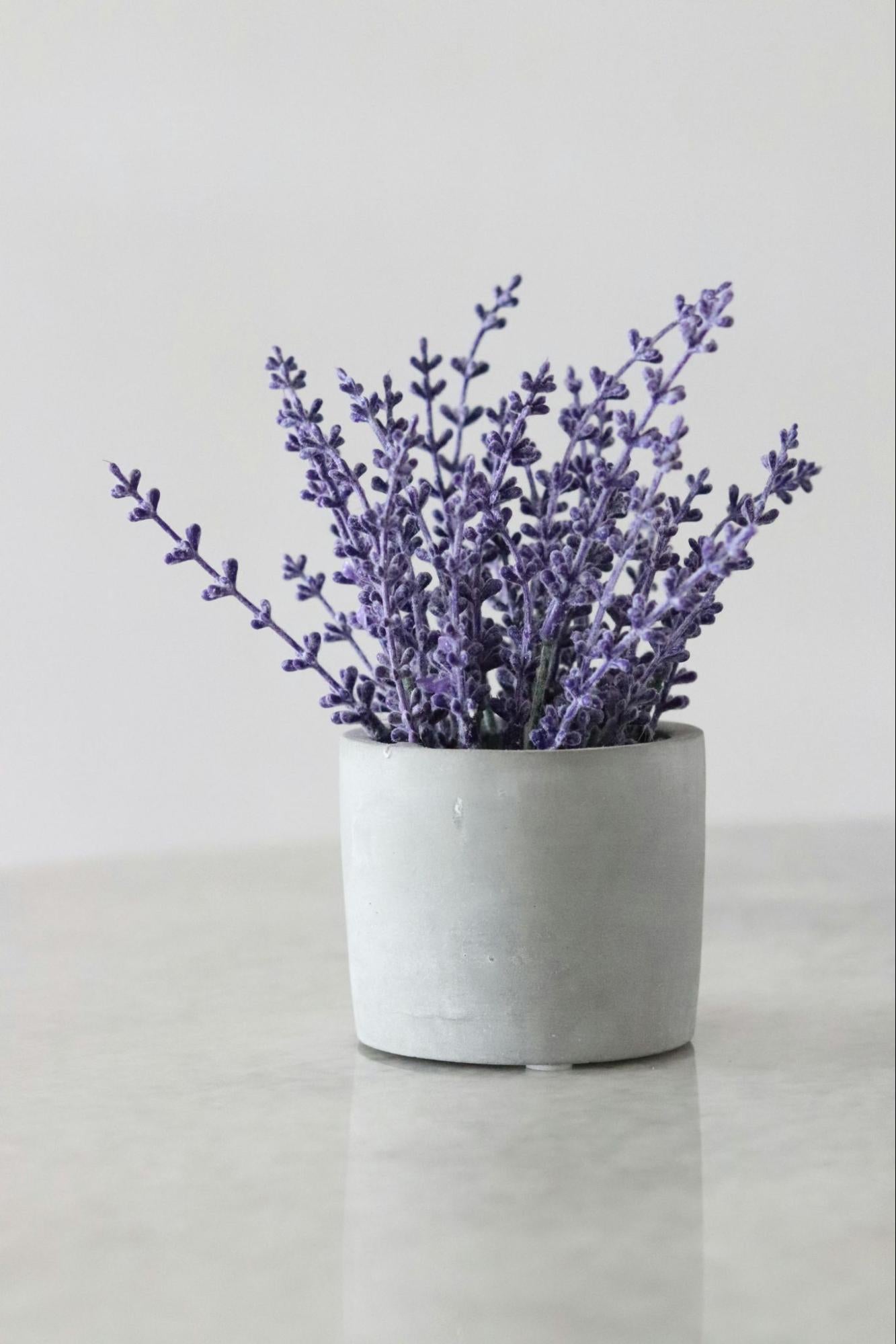Cordyceps is a fascinating genus of fungi that includes various species, two popular ones being Cordyceps sinensis and Cordyceps militaris. These two species share some similarities but also have distinct characteristics that set them apart. In this article, we will delve into the world of Cordyceps, exploring their unique biology, comparing their features, and examining their potential health benefits.
Understanding Cordyceps: An Overview
The Unique World of Fungi
Fungi are a diverse group of organisms that play important roles in various ecosystems. They can be found in different forms, from mushrooms to molds and yeasts. Cordyceps, a genus of ascomycete fungi, exhibits some truly remarkable adaptations and behaviors that make it stand out among other fungi.

Cordyceps fungi are known for their fascinating life cycle, which involves infecting and eventually killing insects. Once a Cordyceps spore lands on an insect, it germinates and begins to grow inside the host. As the fungus grows, it takes control of the insect's body, manipulating its behavior to ensure its own survival. This unique relationship between Cordyceps and insects has captured the interest of scientists and nature enthusiasts alike, showcasing the intricate and sometimes gruesome interactions that can occur in the natural world.
The Role of Cordyceps in Traditional Medicine
Cordyceps has a long history of use in traditional medicine, particularly in East Asia. It has been highly regarded for its potential health benefits and has been used in traditional Chinese medicine for centuries. Traditional practitioners believe that Cordyceps can enhance vitality, boost immune function, and improve overall well-being.
One of the key components of Cordyceps that has drawn attention in the medical field is its potential to improve athletic performance. Some studies suggest that Cordyceps supplements may help increase endurance and reduce fatigue, making it a popular choice among athletes and fitness enthusiasts looking for a natural way to enhance their physical abilities. The unique bioactive compounds found in Cordyceps are thought to support oxygen utilization and energy production in the body, leading to improved stamina and performance during physical activities.
The Intriguing Biology of Cordyceps Sinensis
Habitat and Growth of Cordyceps Sinensis
Cordyceps sinensis, also known as the "caterpillar fungus," has a unique and complex life cycle. It primarily grows in the high-altitude regions of the Tibetan Plateau and the Himalayas. This species has a remarkable relationship with insects, particularly caterpillars, on which it relies for its reproductive cycle.
When a Cordyceps spore lands on the body of an insect, it germinates and penetrates the exoskeleton. The fungus then begins to grow inside the insect, eventually killing it. As the insect dies, the fungus continues to grow, consuming the insect's tissues. This process culminates in the emergence of the characteristic fruiting body of Cordyceps, which contains spores that are released to infect other insects, continuing the cycle.
Nutritional Profile of Cordyceps Sinensis
Cordyceps sinensis is rich in various nutrients that contribute to its potential health benefits. It contains essential amino acids, vitamins, minerals, and bioactive compounds such as cordycepin and adenosine. These bioactive components are believed to have antioxidant, anti-inflammatory, and immune-modulating properties.
Studies have shown that cordycepin, a compound unique to Cordyceps sinensis, may have anti-cancer properties by inhibiting the growth of cancer cells and promoting apoptosis, or programmed cell death. Adenosine, another bioactive compound found in Cordyceps, has been linked to improved circulation and cardiovascular health by helping to dilate blood vessels and reduce inflammation.
The Characteristics of Cordyceps Militaris
The Environment of Cordyceps Militaris
Cordyceps militaris, commonly known as the "military caterpillar fungus," thrives in diverse environments across the globe. While Cordyceps sinensis is limited in its distribution, Cordyceps militaris can be found in temperate regions spanning from Asia to North America and Europe. This adaptability allows Cordyceps militaris to flourish in a variety of climates and terrains, making it a versatile and resilient fungus.
In its natural habitat, Cordyceps militaris establishes symbiotic relationships with a range of insect hosts beyond caterpillars. This fungus is known to parasitize insects such as beetles and moths, utilizing them as a host for its growth and reproduction. The intricate interplay between Cordyceps militaris and its insect hosts showcases the complexity of nature's ecosystem and the fascinating dynamics at play within it.
Nutrient Composition of Cordyceps Militaris
Cordyceps militaris stands out not only for its environmental adaptability but also for its rich nutrient profile. This fungus is a treasure trove of essential nutrients, including carbohydrates, proteins, vital amino acids, vitamins, and minerals. Moreover, Cordyceps militaris contains a plethora of unique bioactive compounds like cordycepin and cordycepic acid, which have captured the interest of researchers worldwide due to their potential health-promoting properties.
Studies have shown that cordycepin, a compound found in Cordyceps militaris, exhibits antifungal and antibacterial properties, making it a promising candidate for combating microbial infections. On the other hand, cordycepic acid has been linked to anti-inflammatory and antioxidant effects, suggesting a potential role in promoting overall well-being and combating oxidative stress.
Key Differences Between Cordyceps Sinensis and Cordyceps Militaris
Comparing Their Growth and Habitat
While both Cordyceps sinensis and Cordyceps militaris exhibit fascinating life cycles, there are notable differences in their growth requirements and habitat preferences. Cordyceps sinensis thrives in high-altitude regions with cold climates, such as the Himalayas and Tibetan Plateau, where it forms symbiotic relationships with caterpillars. On the other hand, Cordyceps militaris is a more versatile species that can adapt to a wider range of environments, including temperate regions and laboratory settings.
Despite their differences, both species play crucial roles in their respective ecosystems. Cordyceps sinensis helps regulate insect populations in alpine regions, while Cordyceps militaris contributes to nutrient cycling in forest soils and has been cultivated for centuries in traditional Chinese medicine.
Nutritional Differences and Similarities
While both species share similarities in terms of their nutrient composition, there are some differences worth noting. Cordyceps sinensis is known for its higher cordycepin content, a compound with potential antioxidant and anti-inflammatory properties. In contrast, Cordyceps militaris contains a relatively higher amount of cordycepic acid, which may have immune-modulating effects and support liver health.
These variations in bioactive compounds may contribute to subtle differences in their potential health benefits when consumed as dietary supplements or herbal remedies. Researchers continue to explore the pharmacological properties of both Cordyceps species to unlock their full therapeutic potential.
Potential Health Benefits of Cordyceps Sinensis and Cordyceps Militaris
Cordyceps Sinensis and Immune Support
Both Cordyceps sinensis and Cordyceps militaris have been studied for their potential immune-supportive properties. They are believed to enhance immune function, promote cellular health, and support overall well-being. Additionally, they may possess antioxidant and anti-inflammatory properties, which could contribute to their potential health benefits.

Cordyceps Militaris and Energy Enhancement
Cordyceps militaris is particularly renowned for its potential to enhance energy levels and athletic performance. It is believed to improve oxygen utilization, stimulate the production of adenosine triphosphate (ATP), and support endurance. This makes it a popular supplement choice among athletes and individuals seeking a natural energy boost.
Furthermore, Cordyceps sinensis has a long history of use in traditional Chinese medicine for its adaptogenic properties. It is believed to help the body adapt to stress, both physical and mental, and promote overall vitality. This adaptogenic quality is thought to contribute to its potential to support the body's resilience and balance in the face of various stressors.
Research also suggests that both Cordyceps sinensis and Cordyceps militaris may have positive effects on respiratory health. They are believed to support lung function, aid in respiratory endurance, and promote overall respiratory wellness. This makes them a popular choice for individuals looking to maintain healthy lung function and support their respiratory system.
Conclusion
In conclusion, Cordyceps sinensis and Cordyceps militaris are two fascinating fungi species that have captured the interest of researchers and traditional medicine practitioners alike. While they share similarities regarding their potential health benefits and nutrient composition, they also have distinct characteristics that make them unique. Whether you are looking to support your immune system or enhance your energy levels, both Cordyceps sinensis and Cordyceps militaris offer intriguing possibilities.













